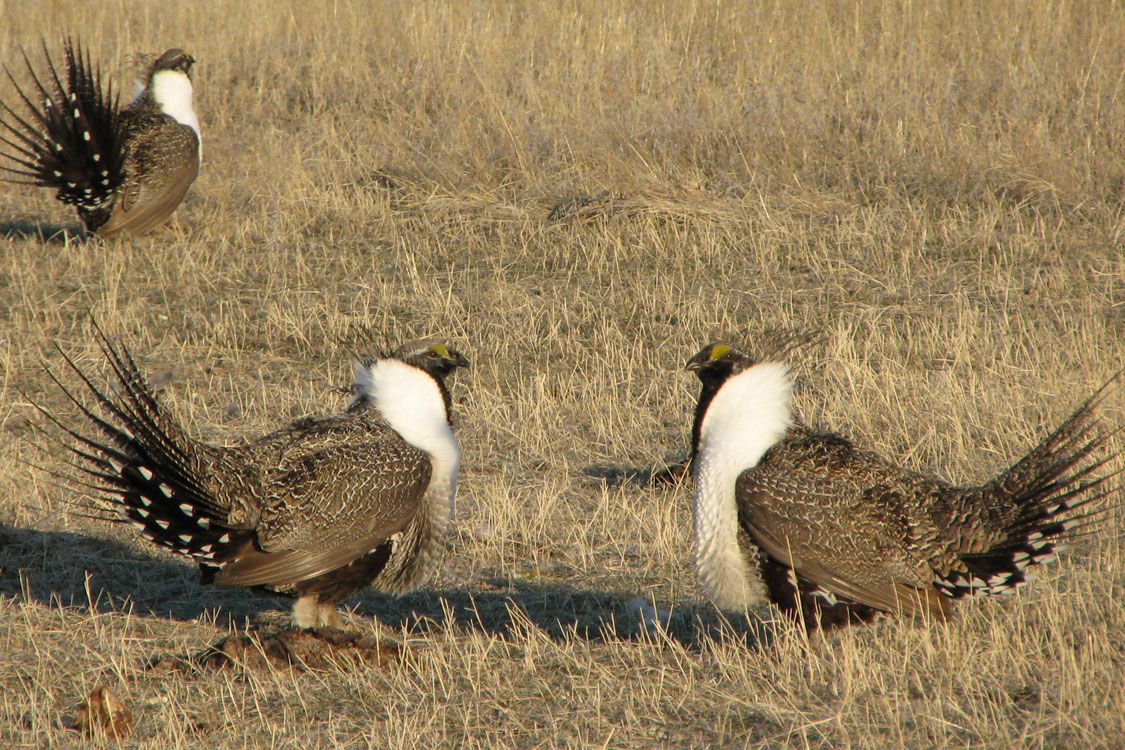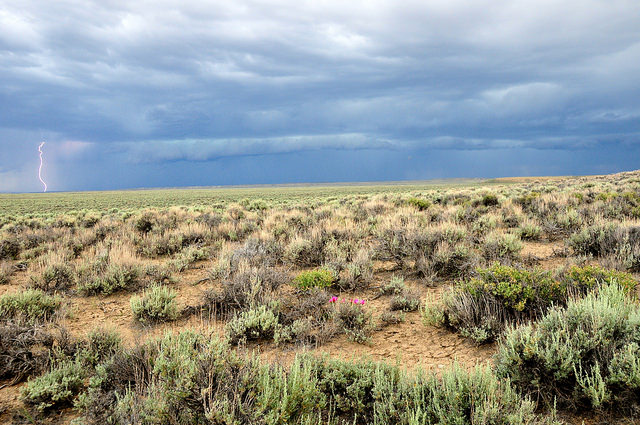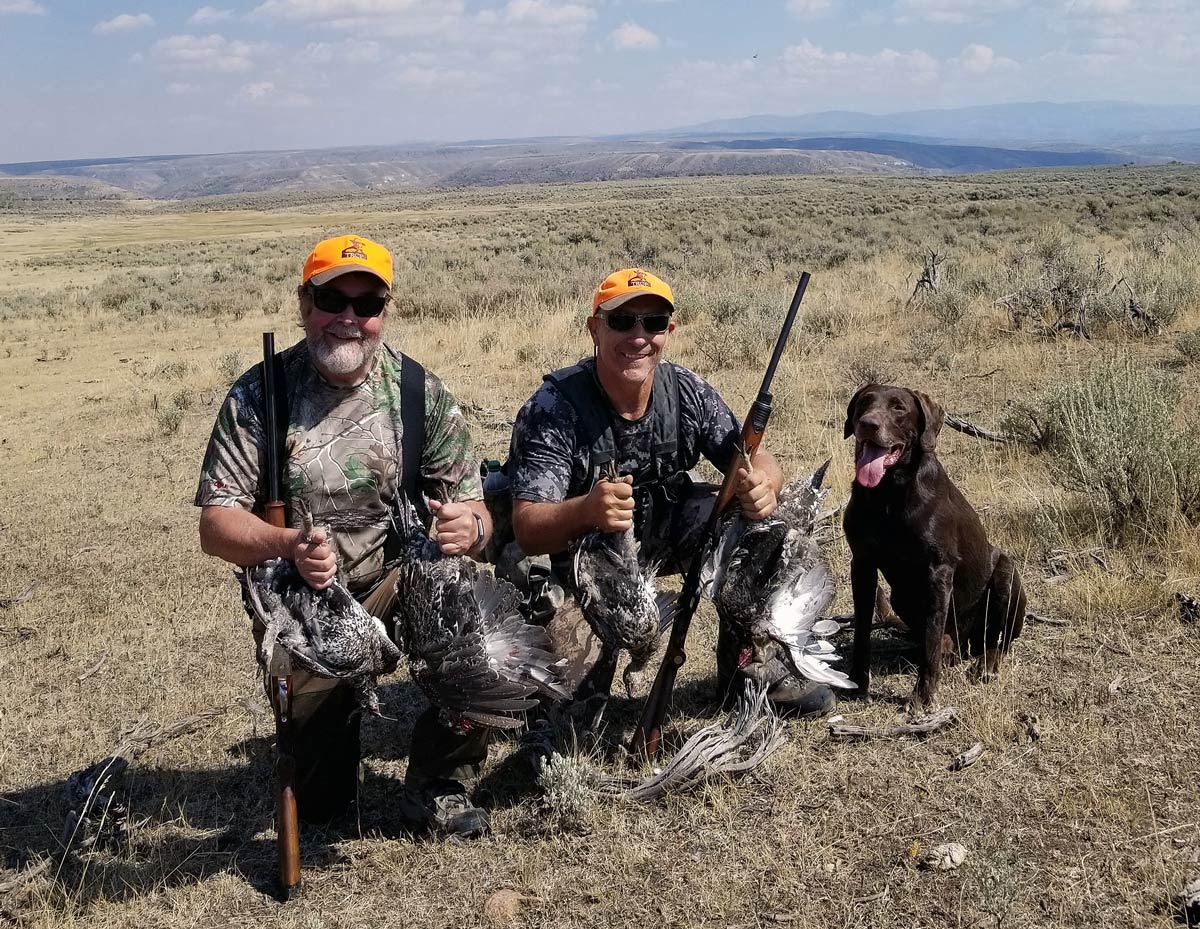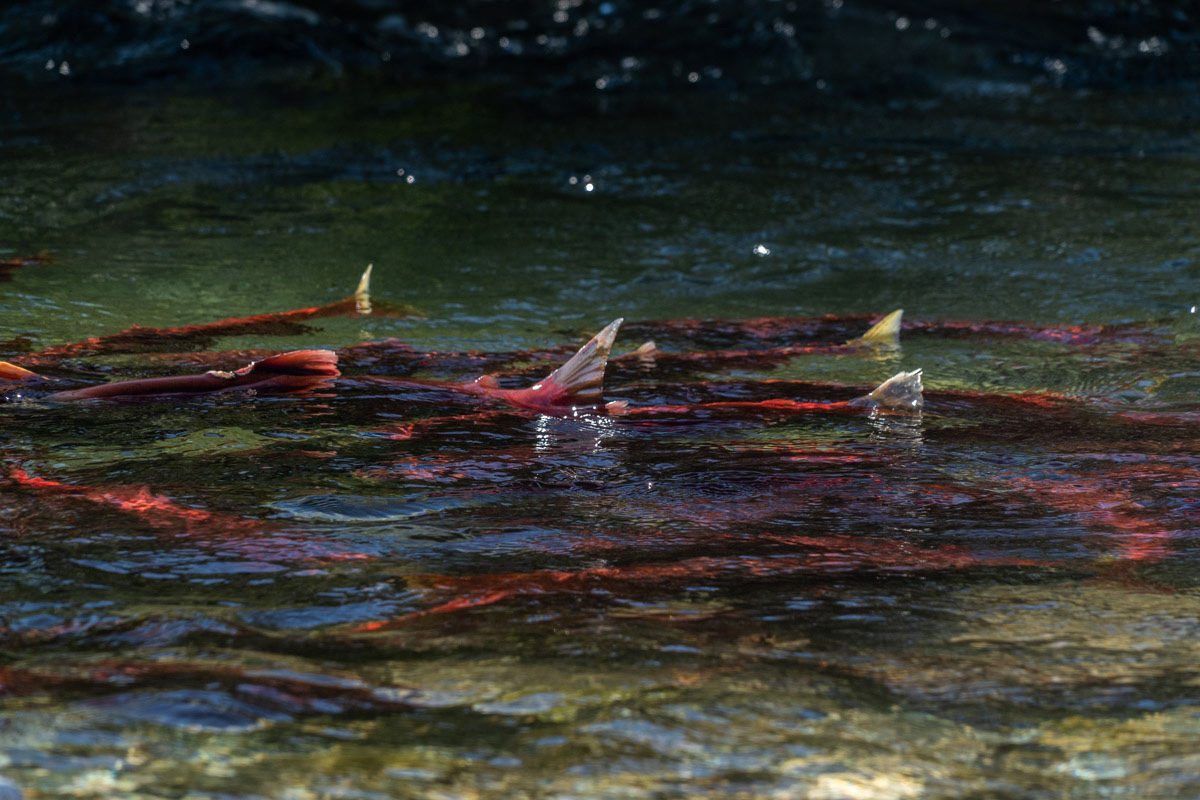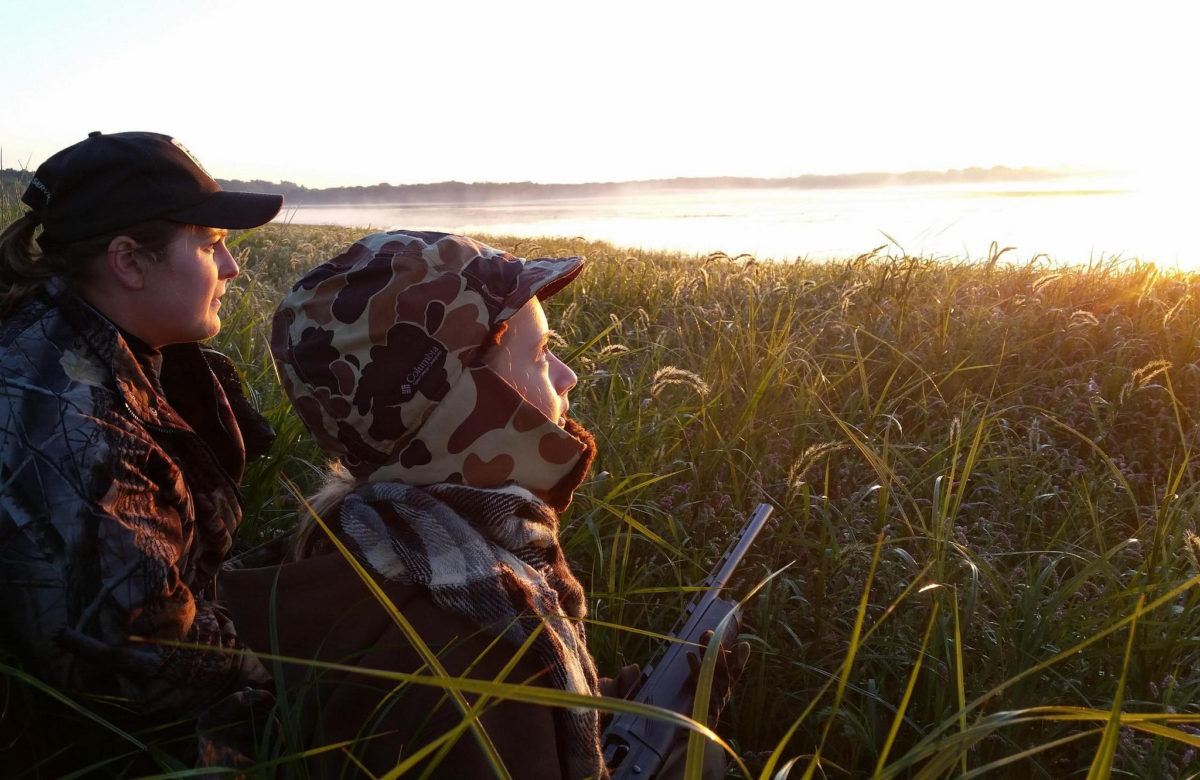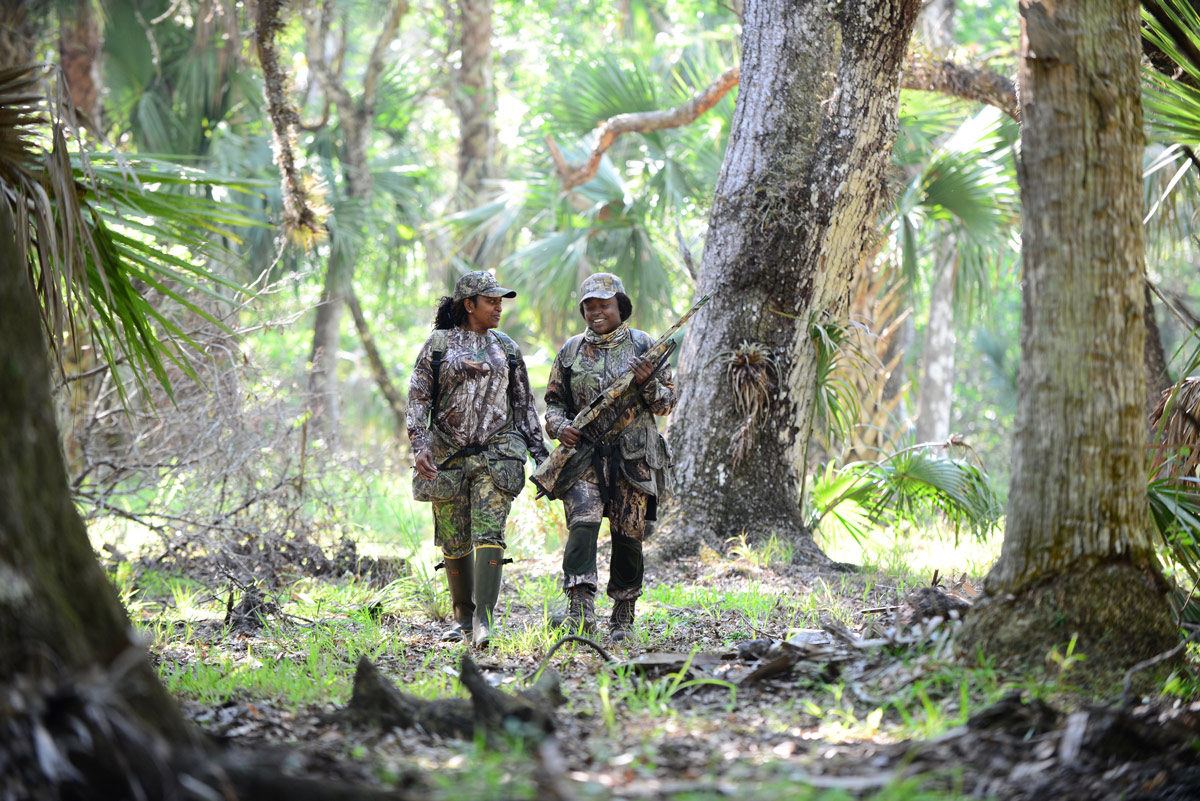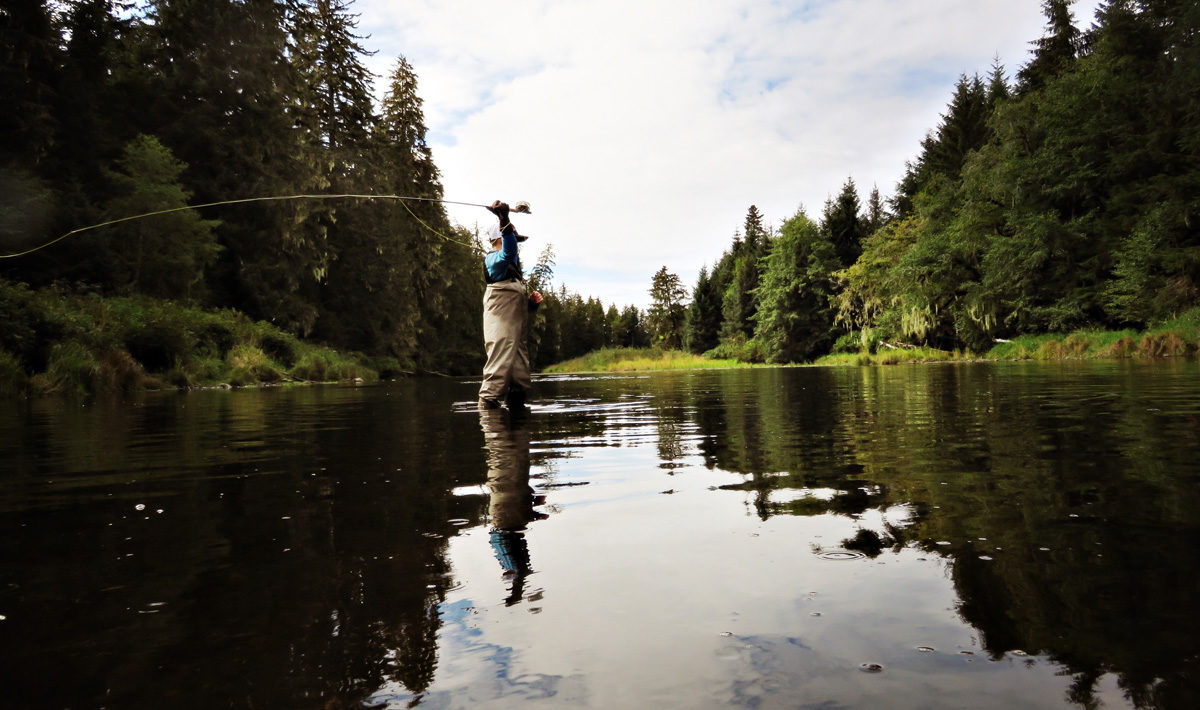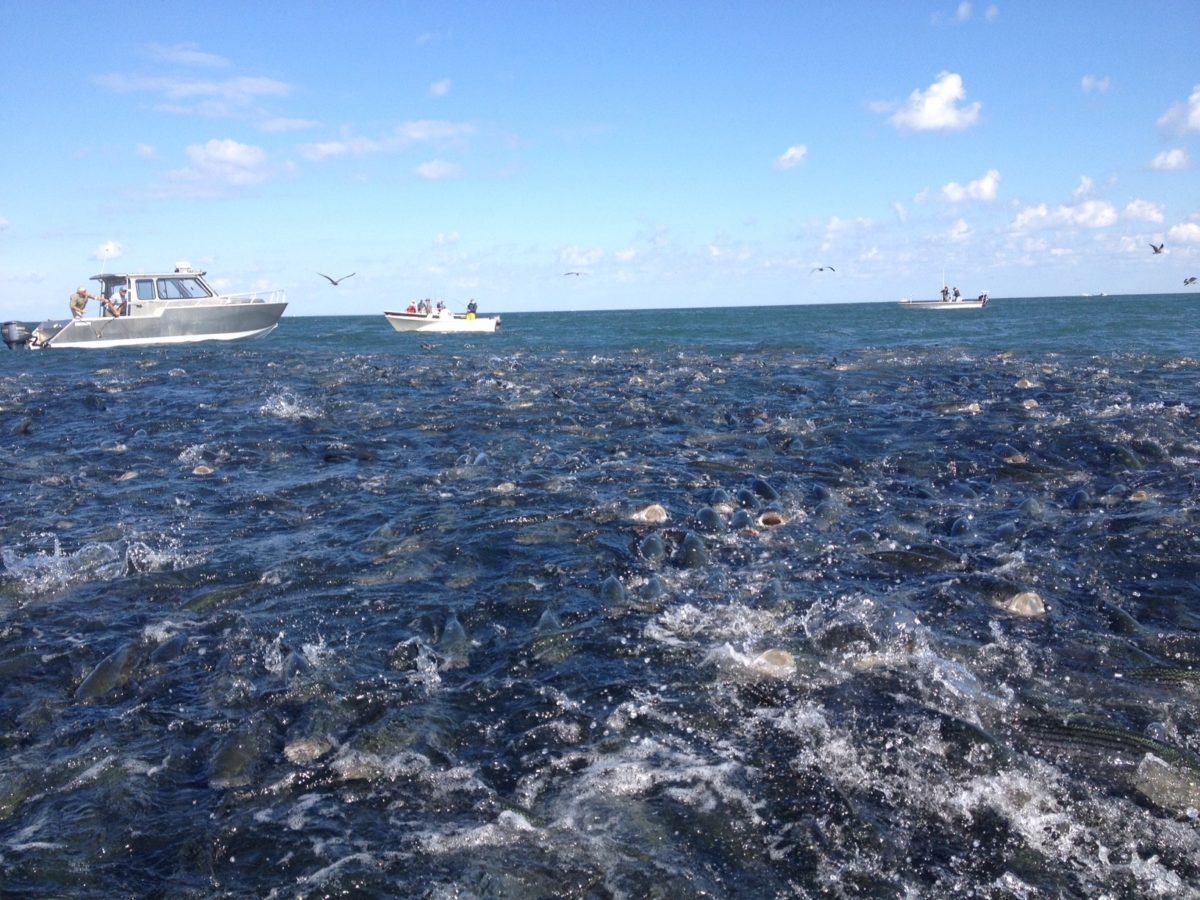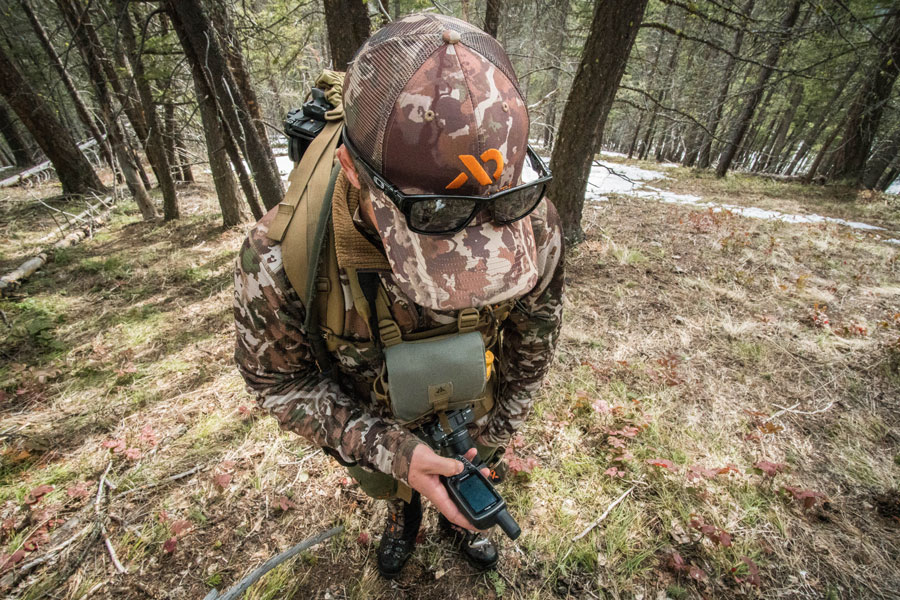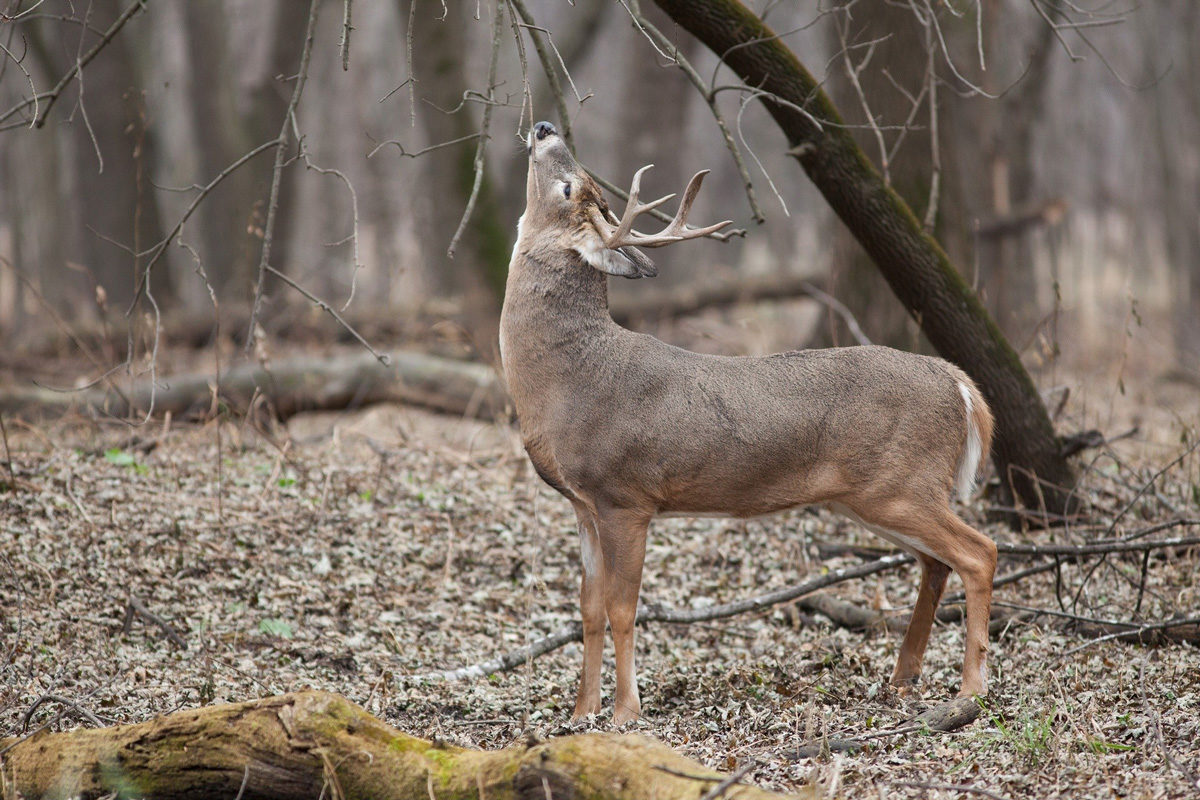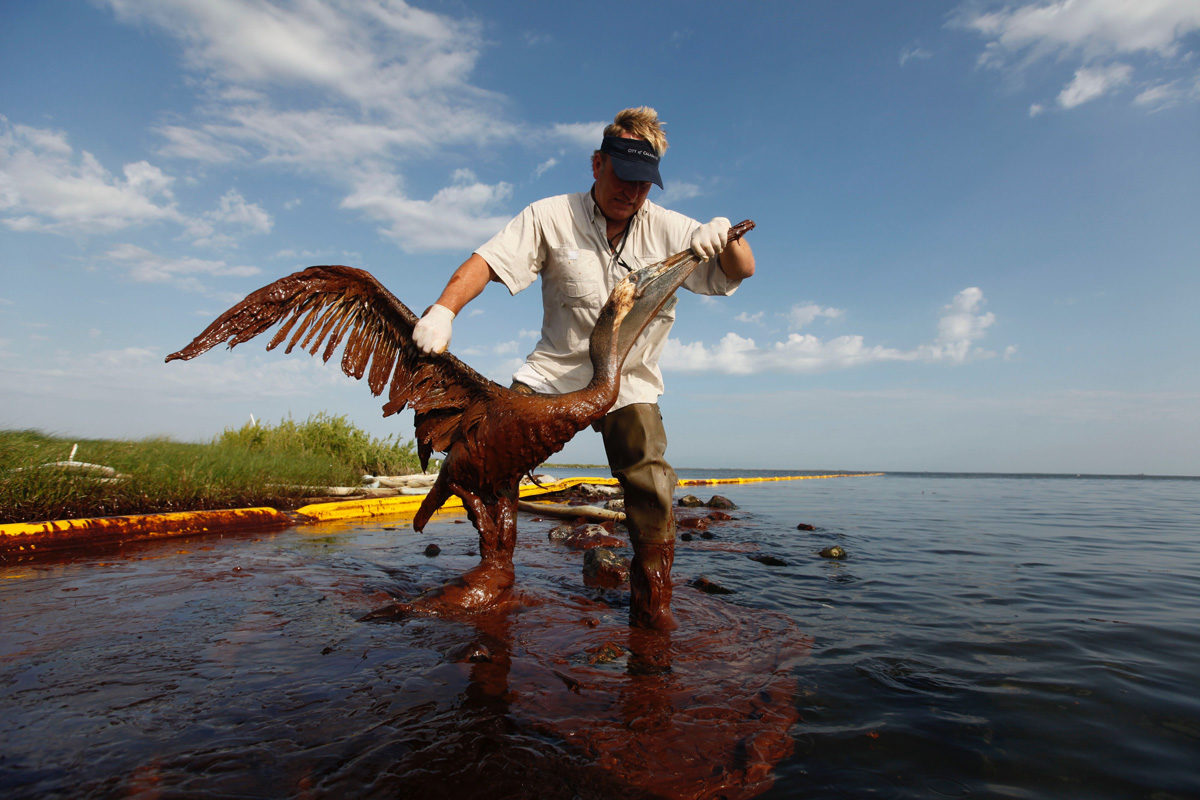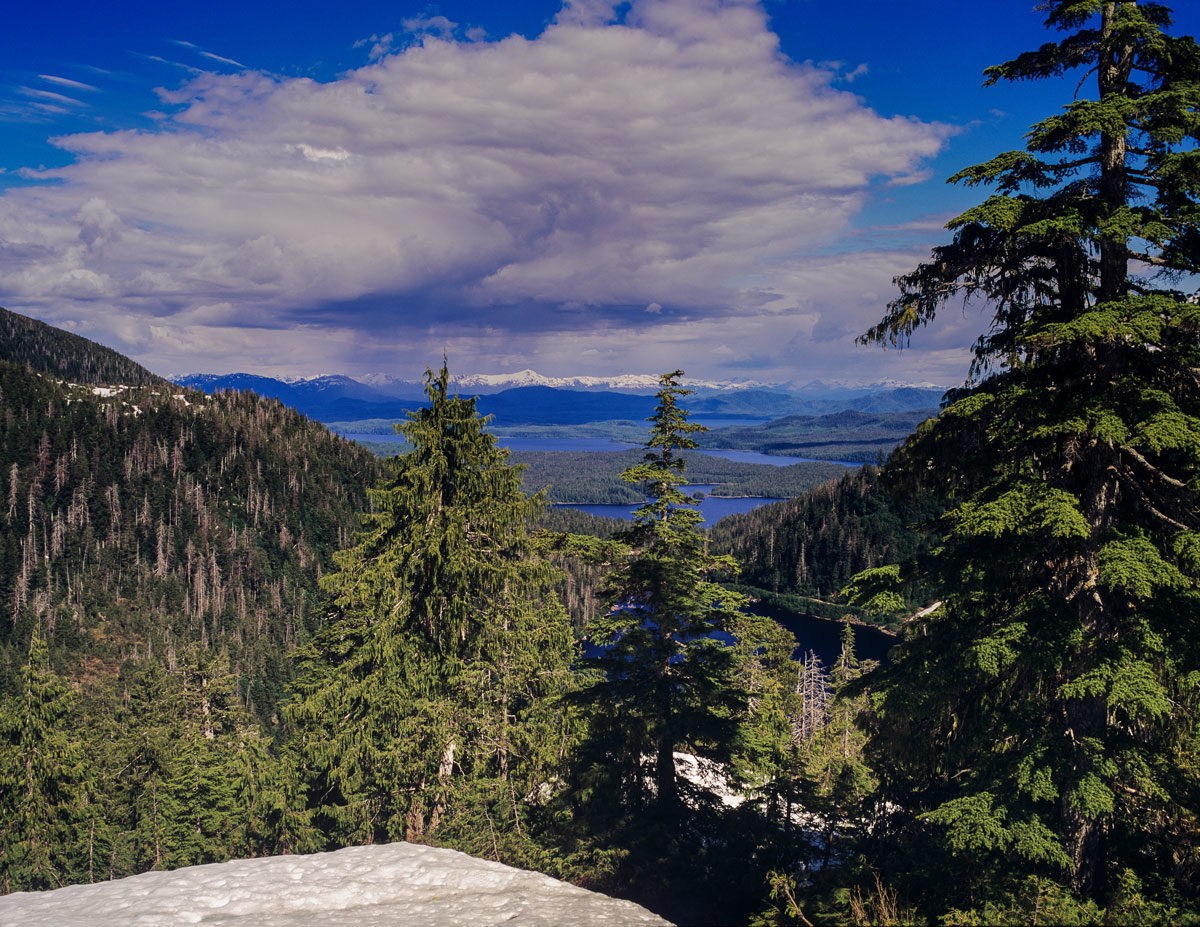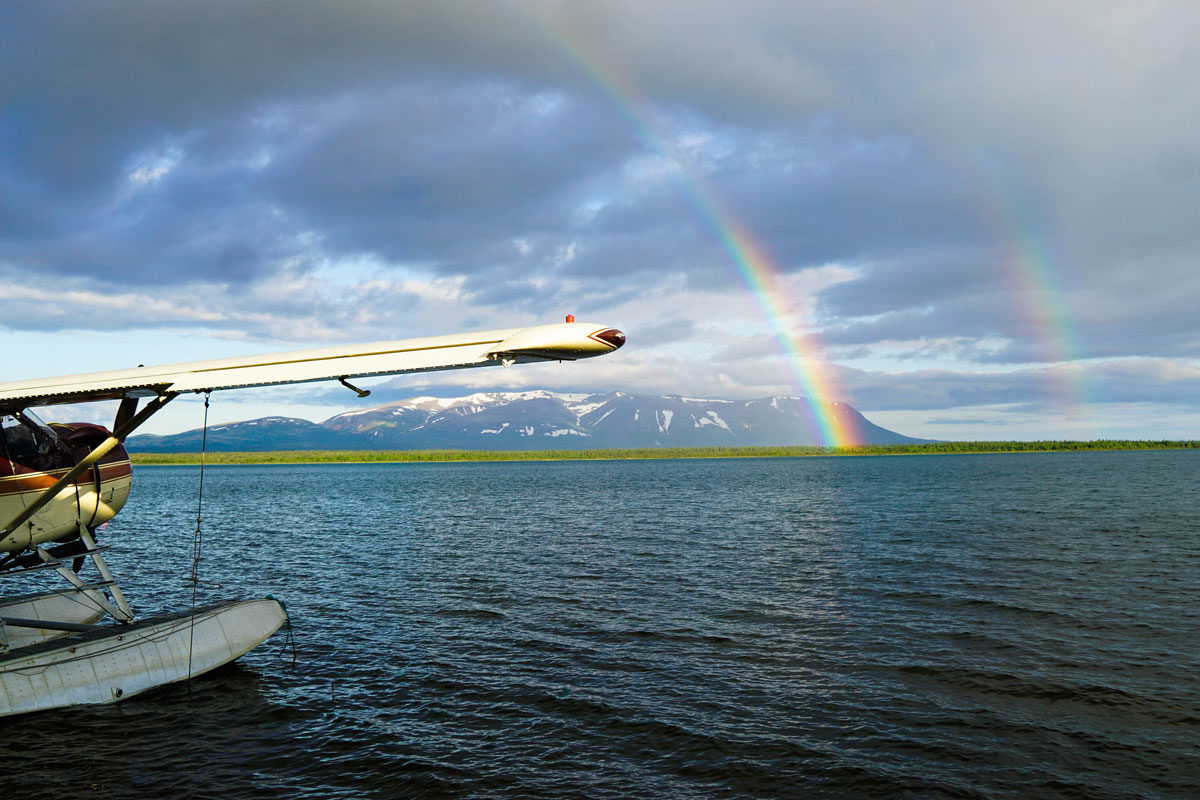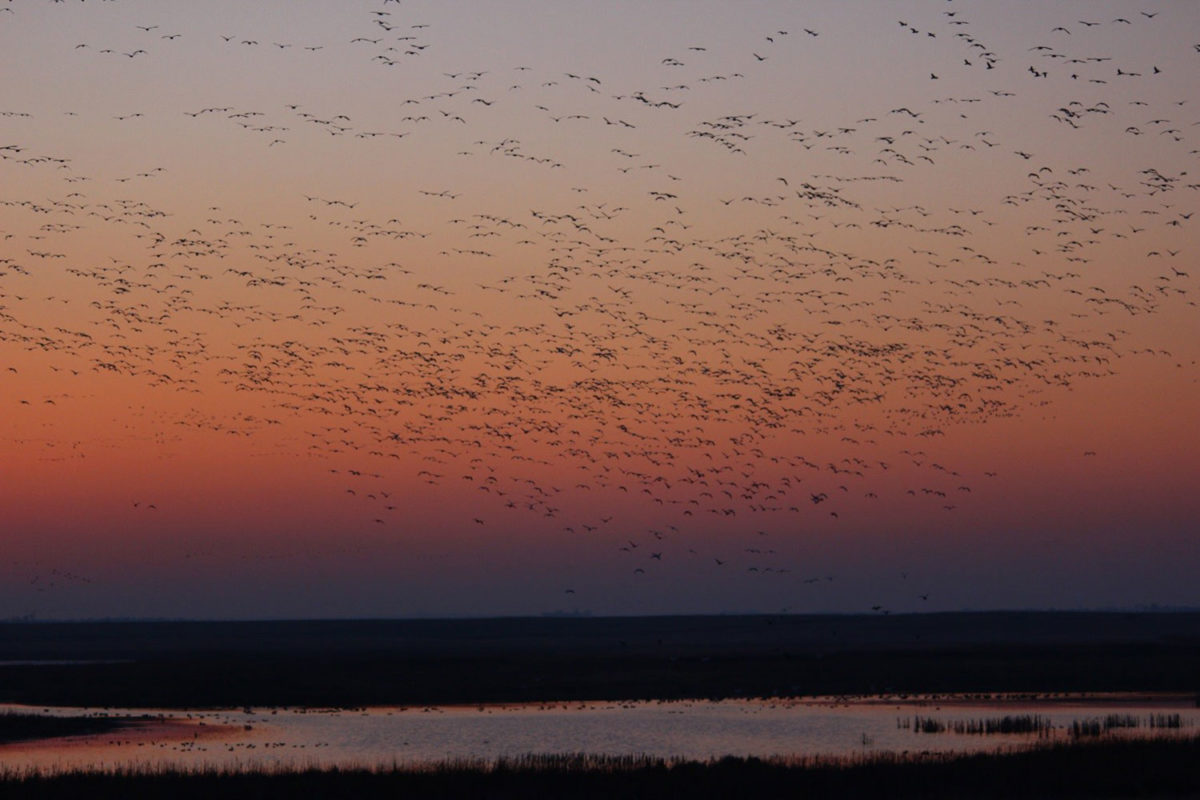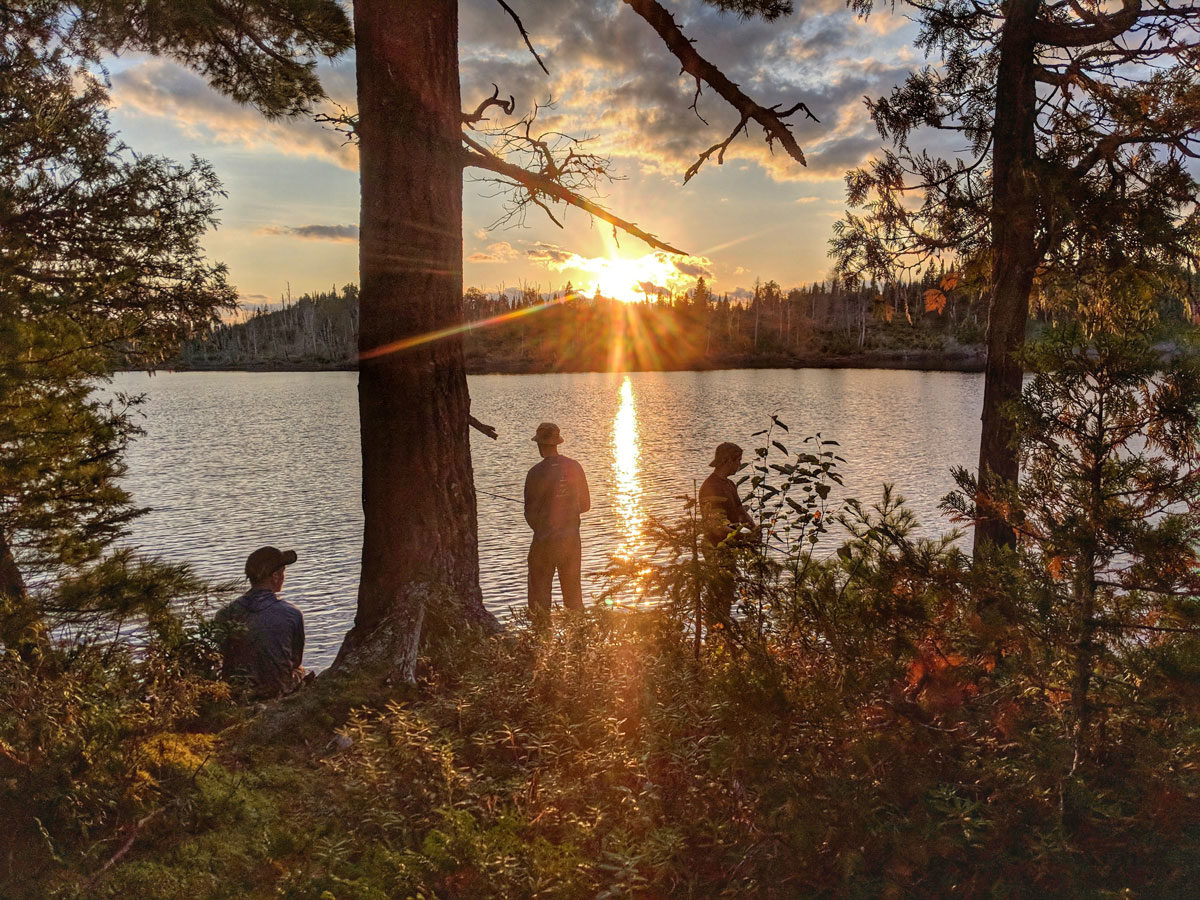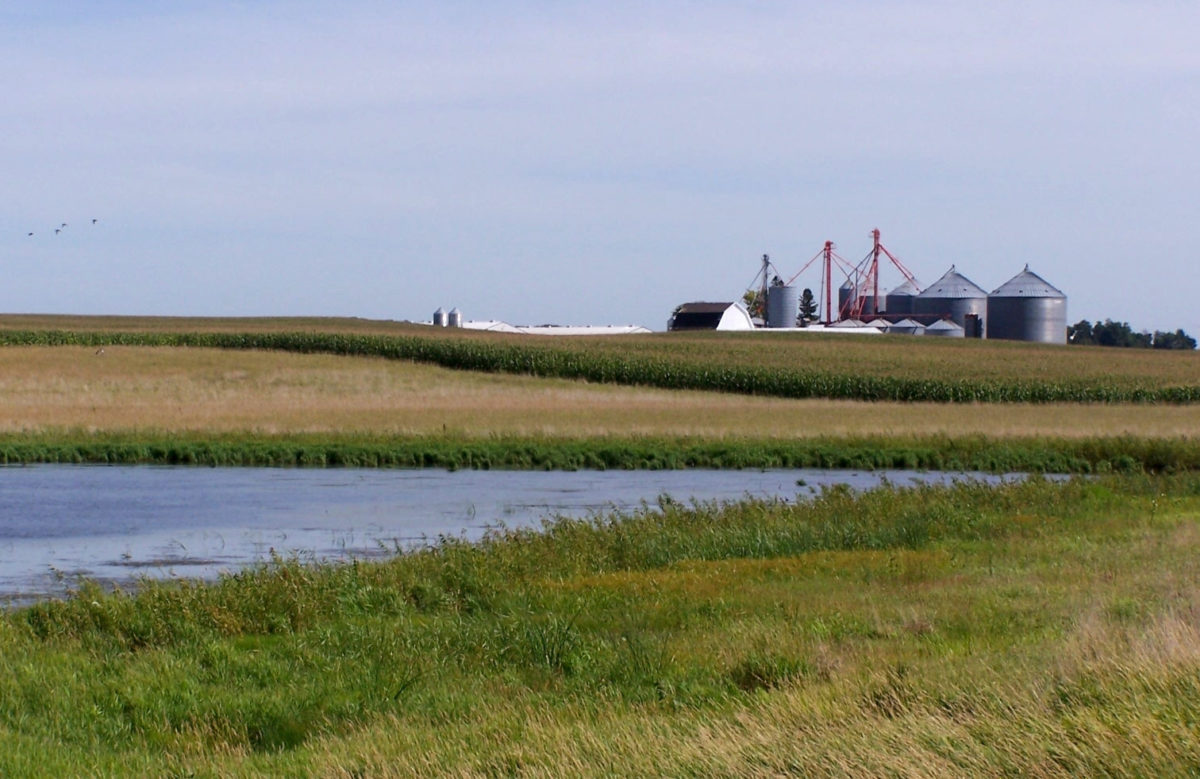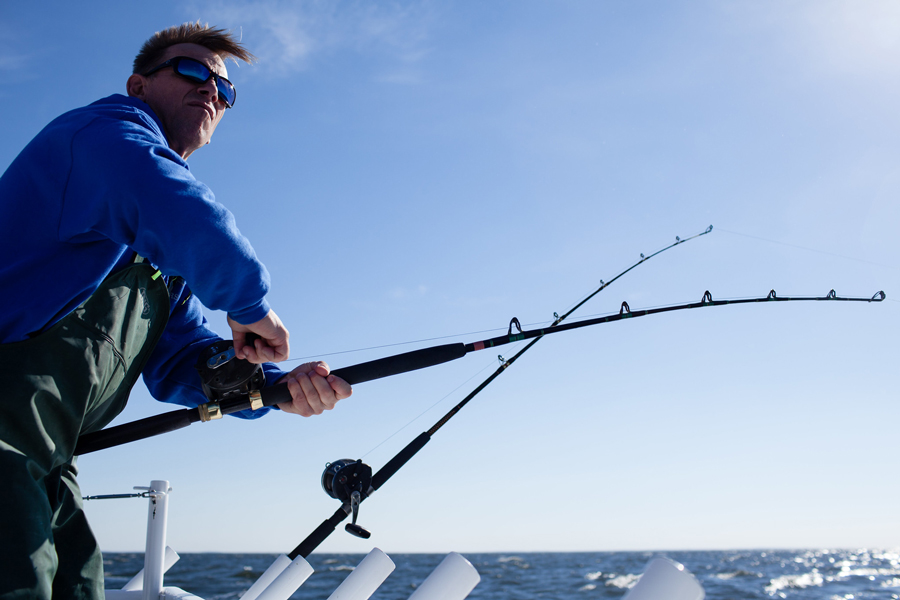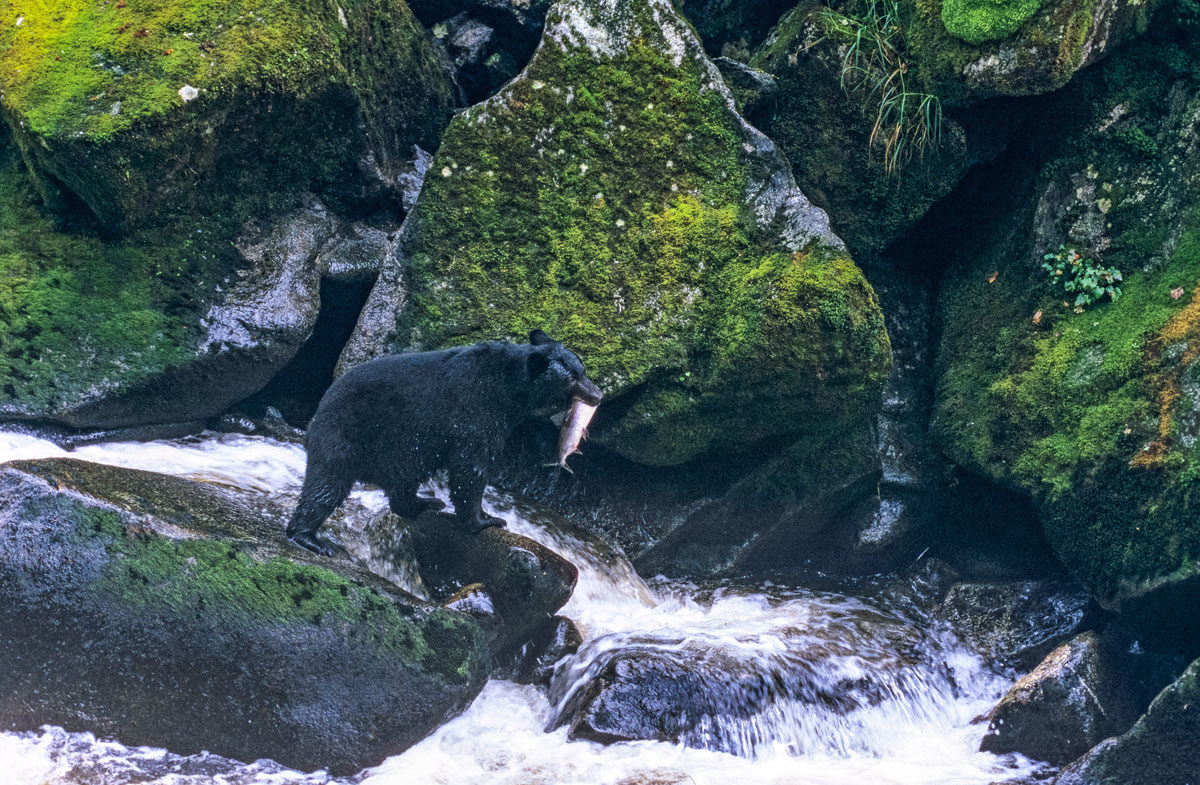MeatEater’s Steven Rinella and TRCP’s Whit Fosburgh co-hosted the annual awards event in an all-digital format on Wednesday evening
Last night at the organization’s virtual Capital Conservation Awards Dinner, the Theodore Roosevelt Conservation Partnership was proud to honor Representative Marc Veasey (D-Texas), Representative Garret Graves (R-La.), and business leader William J. Michaelcheck for their commitment to bipartisan conservation solutions. MeatEater’s Steven Rinella co-emceed the online event with TRCP’s president and CEO, Whit Fosburgh.
“This year’s honorees share a dedication to commonsense conservation solutions that unite not only decision-makers on both sides of the aisle but also the various factions of the outdoor recreation community,” says Fosburgh. “Whether it’s finding common ground to make federal investments in the health of our wild deer herds, responding to the habitat impacts of sea-level rise and climate change, or rethinking a defunct approach to fisheries management, these champions of conservation have worked for many years to clinch conservation victories and they deserve our thanks as hunters and anglers.”
Michaelcheck, who won the TRCP’s Conservation Achievement Award, is founder and co-chief investment officer of Mariner Investment Group and has been instrumental in the effort to modernize the management of menhaden, a critical bait fish that supports some of the most popular and economically important marine predators.
Congressmen Veasey and Graves were awarded the James D. Range Conservation Award, named after TRCP’s founder.
As House co-chair of the Congressional Sportsmen’s Caucus and member of the Energy and Commerce Committee, Rep. Veasey has advocated for strong investments in outdoor recreation infrastructure, clean water, and wildlife resources—particularly research and testing for chronic wasting disease in deer.
Rep. Graves serves on both the Committee on Natural Resources and the Committee on Transportation and Infrastructure, where he champions critical conservation issues related to transportation, infrastructure, fisheries, and coastal restoration. He also managed the Louisiana Coastal Protection and Restoration Authority under Governor Bobby Jindal, helping to oversee Louisiana’s recovery from the Deepwater Horizon oil spill.
It was the 12th annual dinner but the first-ever all-digital presentation held over YouTube Live. More than 1,200 TRCP supporters viewed the presentation, which featured live remarks and Q&A sessions with the honorees as well as pre-recorded videos from VIPs, including sports stars (and avid outdoorsmen) Bo Jackson and Pete Alonso and Minority Outdoor Alliance Founder Durrell Smith.
The event, which included a silent auction and grand-prize sweepstakes featuring a Michigan turkey hunt with Rinella, raised more than $700,000 to support the TRCP’s mission of guaranteeing all Americans quality places to hunt and fish.
Pre-COVID, the in-person gala has drawn crowds of up to 500 people—including decision-makers, outdoor recreation business leaders, and other champions of conservation—and is known as a can’t-miss conservation event in D.C. Past awardees Sen. Martin Heinrich, Sen. Debbie Stabenow, Rep. Mike Simpson, Rep. Rob Wittman, philanthropist Liz Storer, and Bass Pro Shops’ Johnny Morris were also featured via video last night.
The Capital Conservation Awards Dinner was made possible with the support of the following generous sponsors: Coca-Cola, National Fish and Wildlife Foundation, Shell Oil, Schlumberger, Walton Family Foundation, Yamaha, American Sportfishing Association, Bass Pro Shops, Boone and Crockett Club, L.L. Bean, Matt Cook, FSI, Outdoor Industry Association, Pure Fishing, Range Resources, Tod Sedgwick, Sitka Gear, Vista Outdoor, AFL-CIO, Archery Trade Association, The Baird Group, Browning, Coastal Conservation Association, Everglades Foundation, Costa, Elliotsville Foundation, First Lite, Leupold, Mossy Oak, Natural Resource Results, The Nature Conservancy, Next Era Energy, Outdoor Research, Outtech, Peak Design, Pheasants Forever, PotlatchDeltic, Recreational Boating and Fishing Foundation, RV Industry Association, REI Co-Op, RMS, Shimano, Simms Fishing Products, The Trust for Public Land, Weyerhaeuser, YETI, Association of Fish and Wildlife Agencies, Bonefish and Tarpon Trust, Captains for Clean Water, The Conservation Fund, Contender, Fly Fishers International, Forbes-Tate Partners, Land Trust Alliance, , Mystery Ranch, North American Falconers Association, Power-Pole, Ruffed Grouse Society, Stone Glacier, Property and Environment Research Center, Texas Parks and Wildlife Foundation, United Union of Roofers, Waterproofers, and Allied Workers, Vortex, The Cypress Group, Filson, National Park Foundation, National Wildlife Refuge Association, onX, Sage, The Turner Foundation, Brown-Forman, and New Belgium Brewing.
Click here to watch an uncut recording of last night’s online event.
Next year’s CCAD will be held on April 28, 2021, at the Andrew W. Mellon Auditorium.

